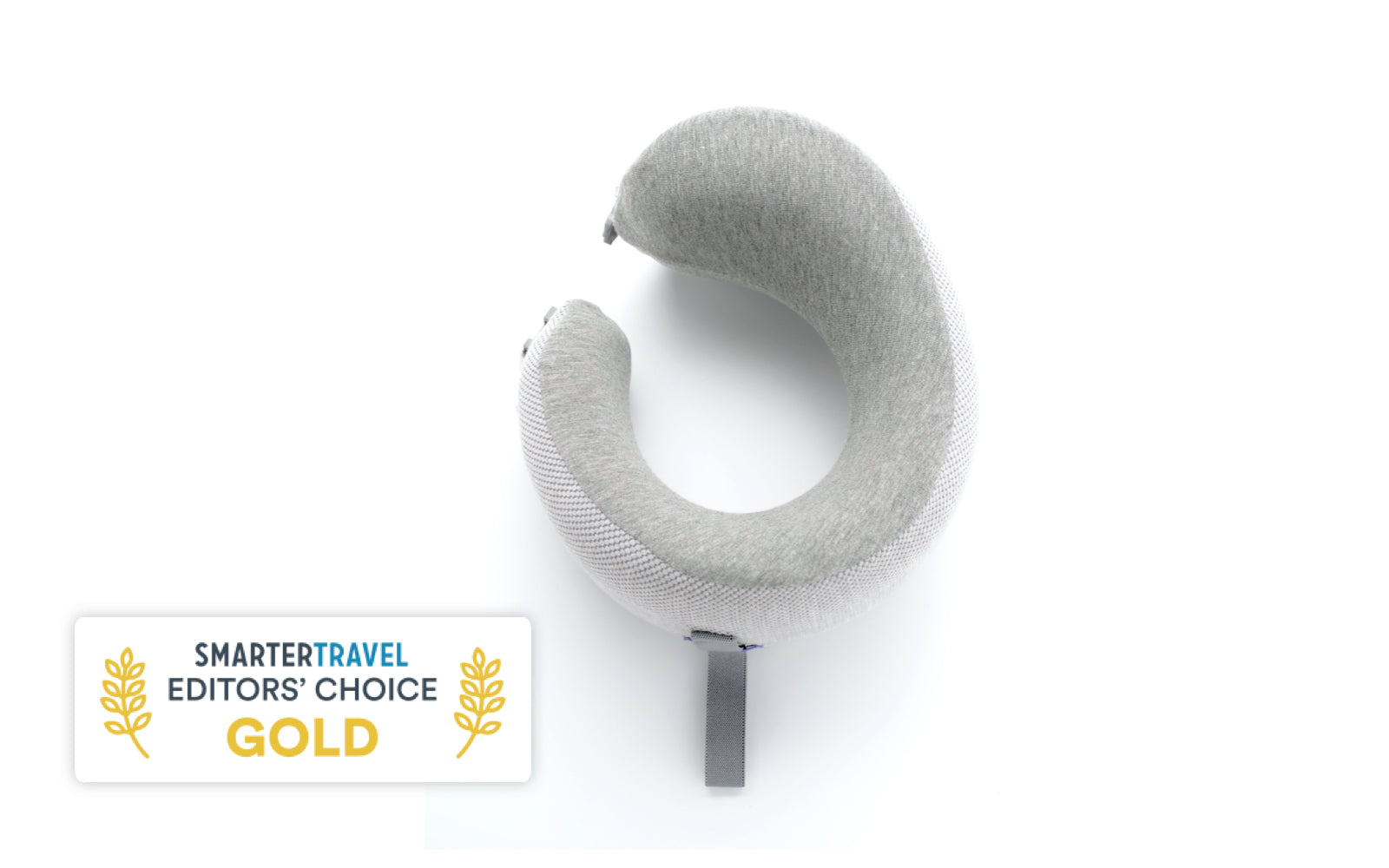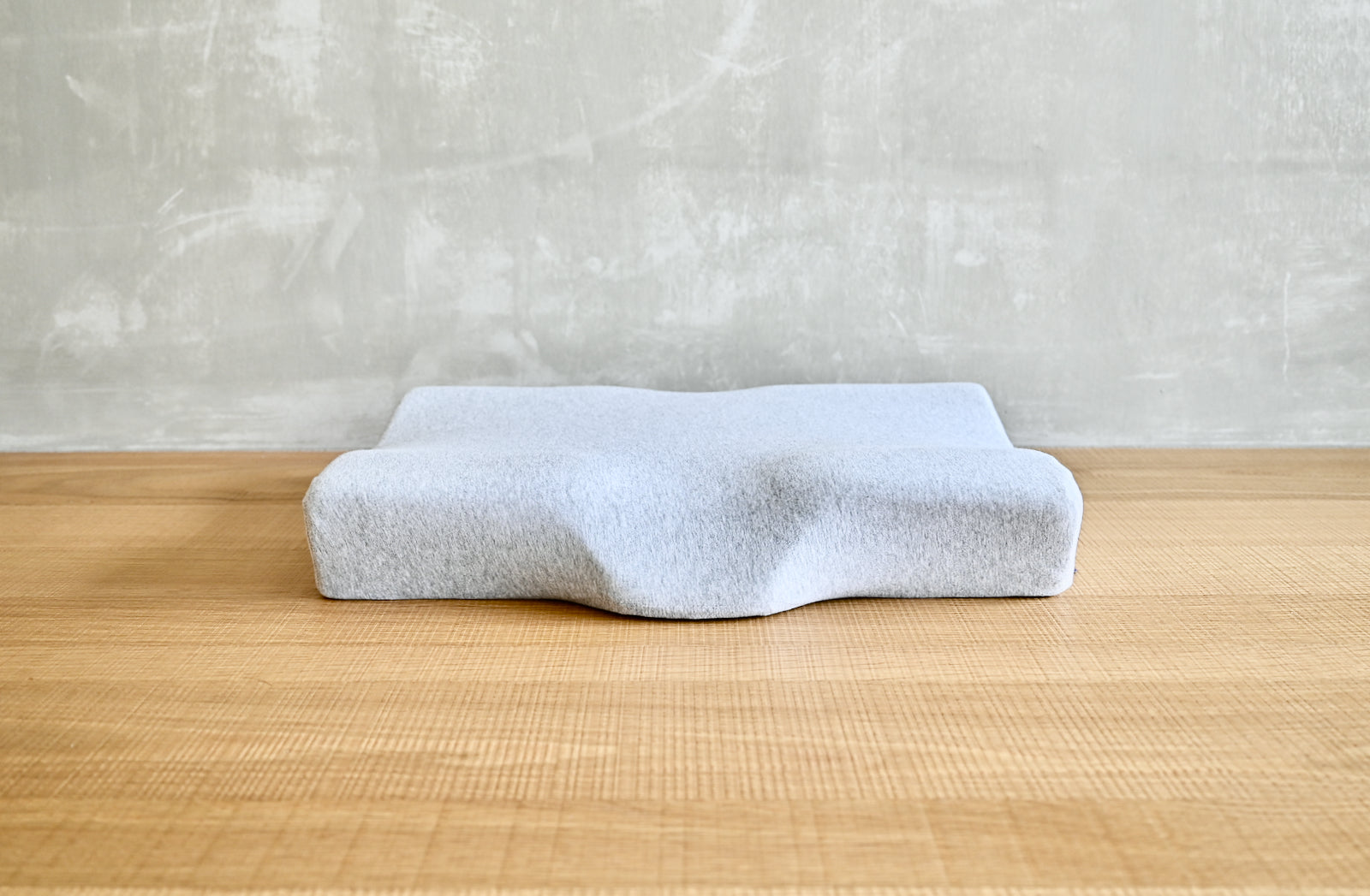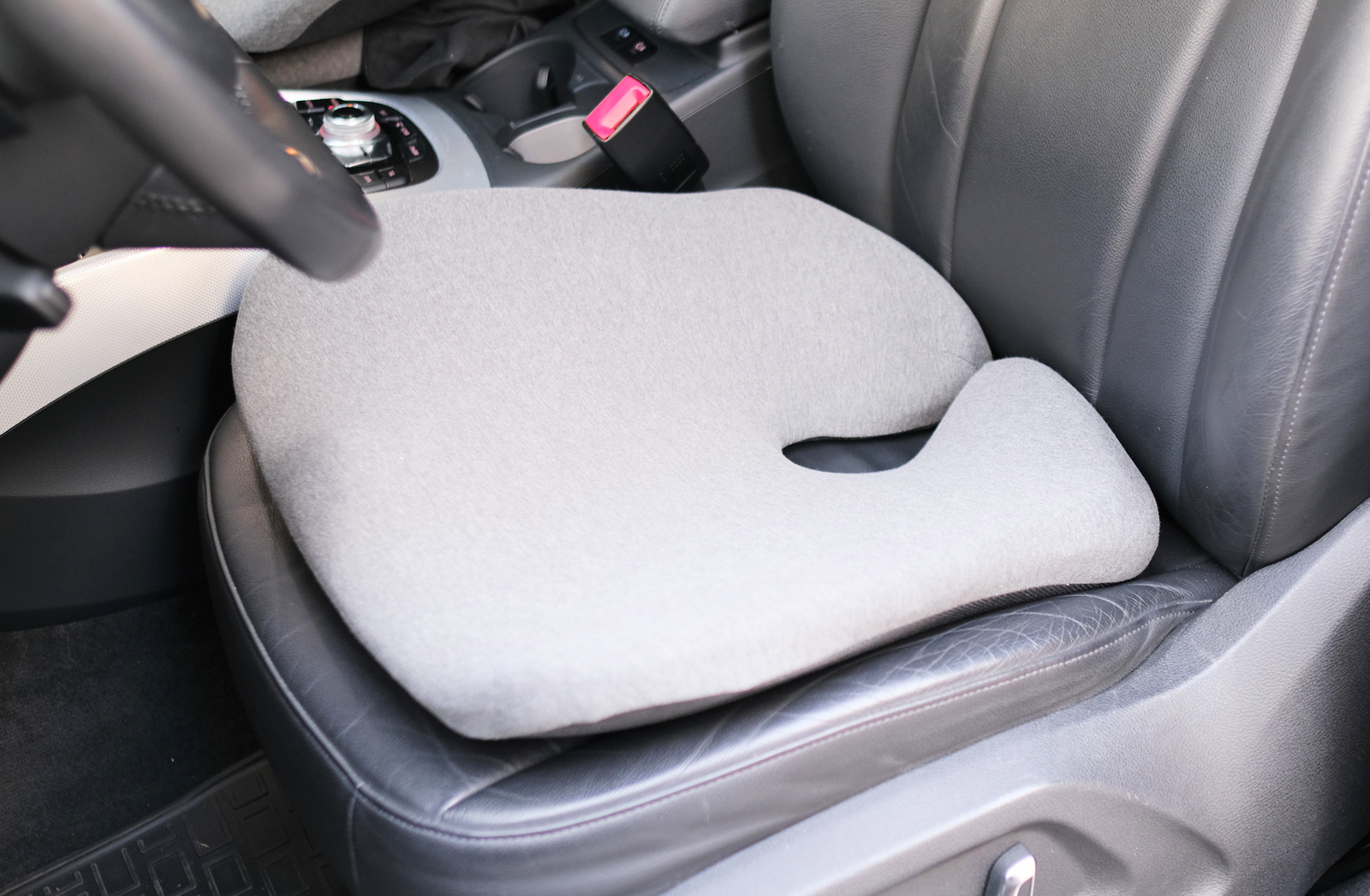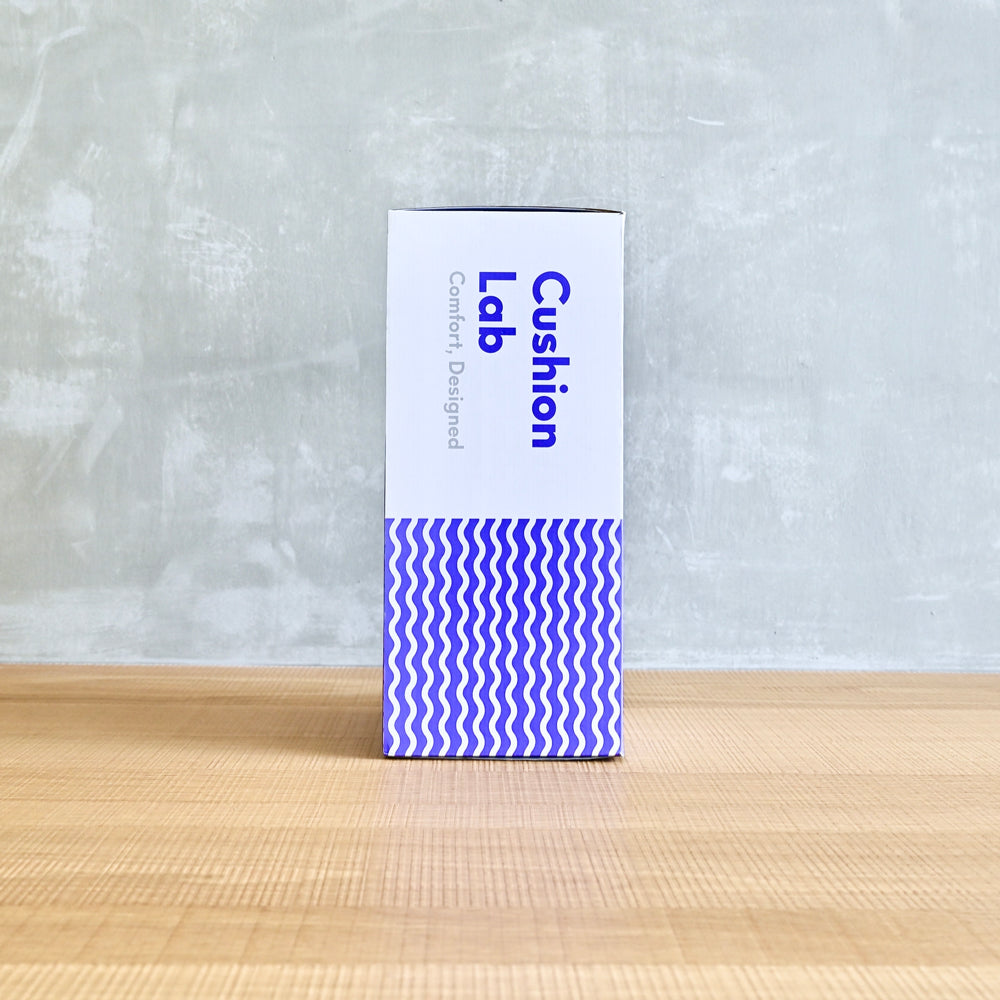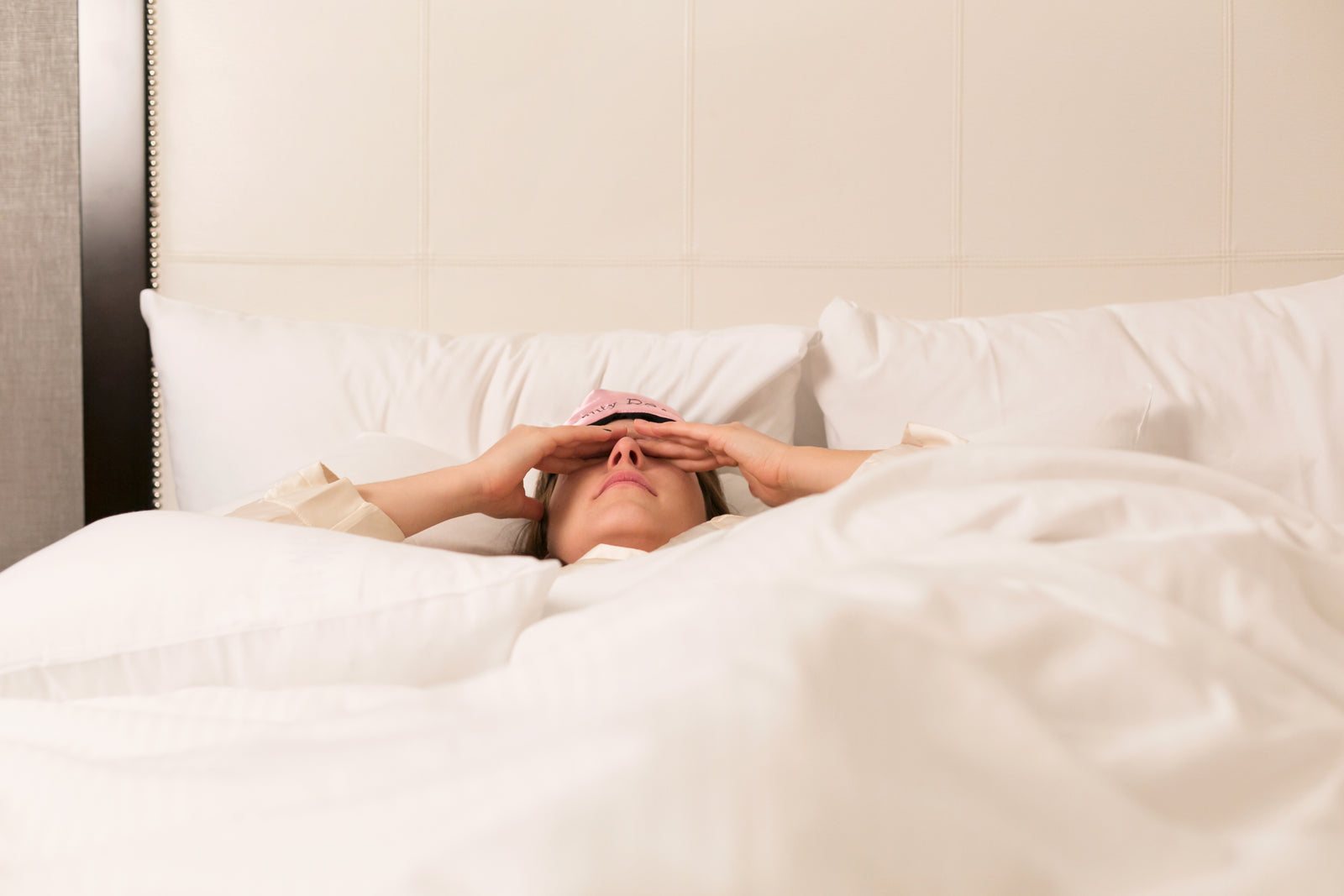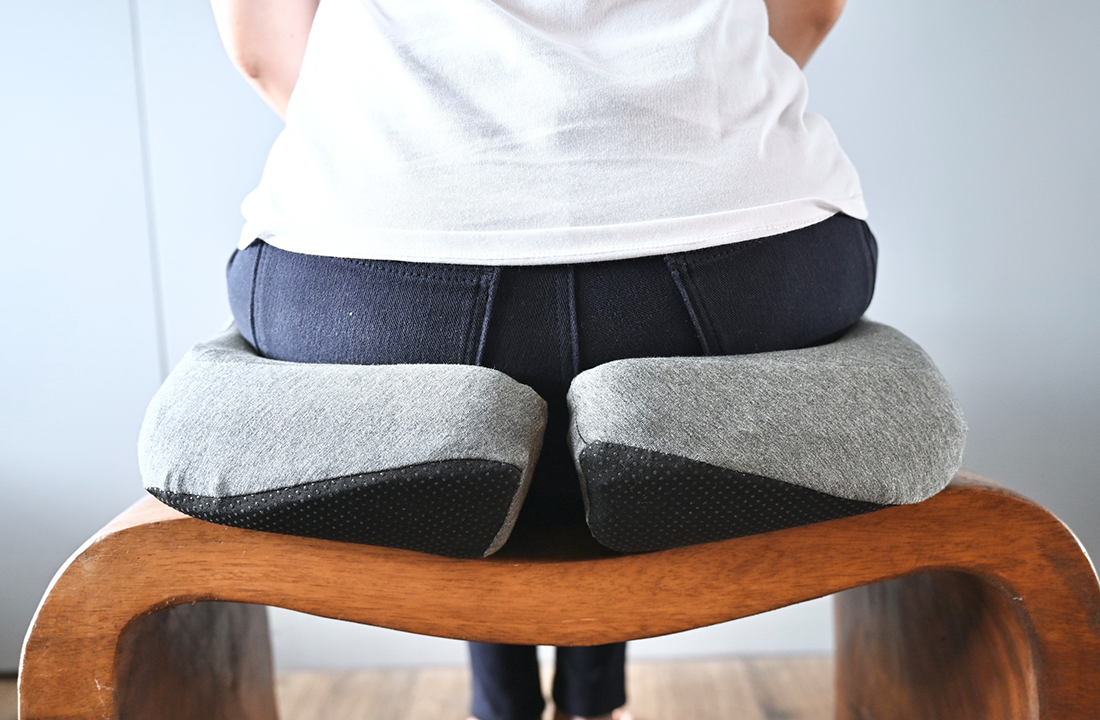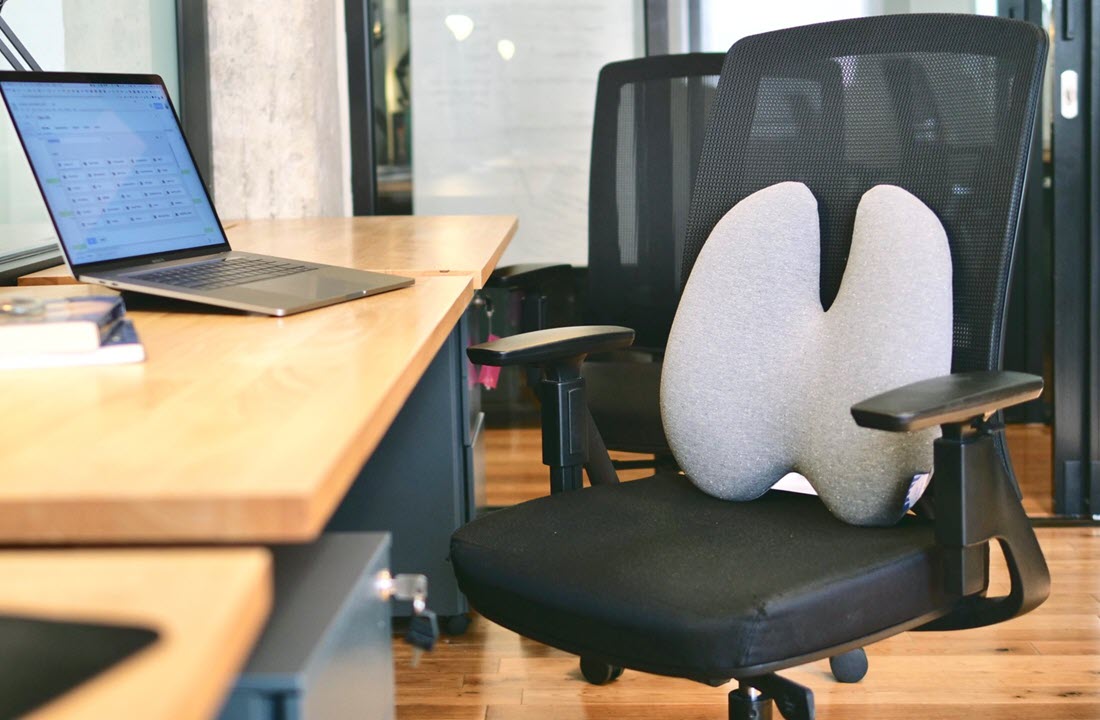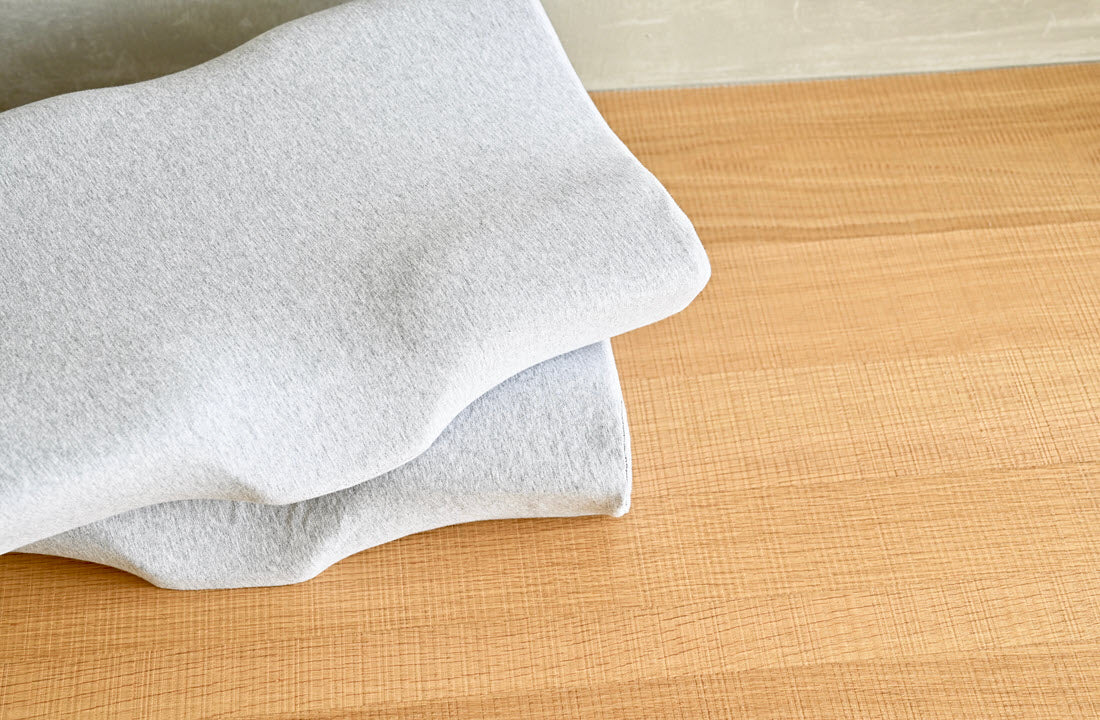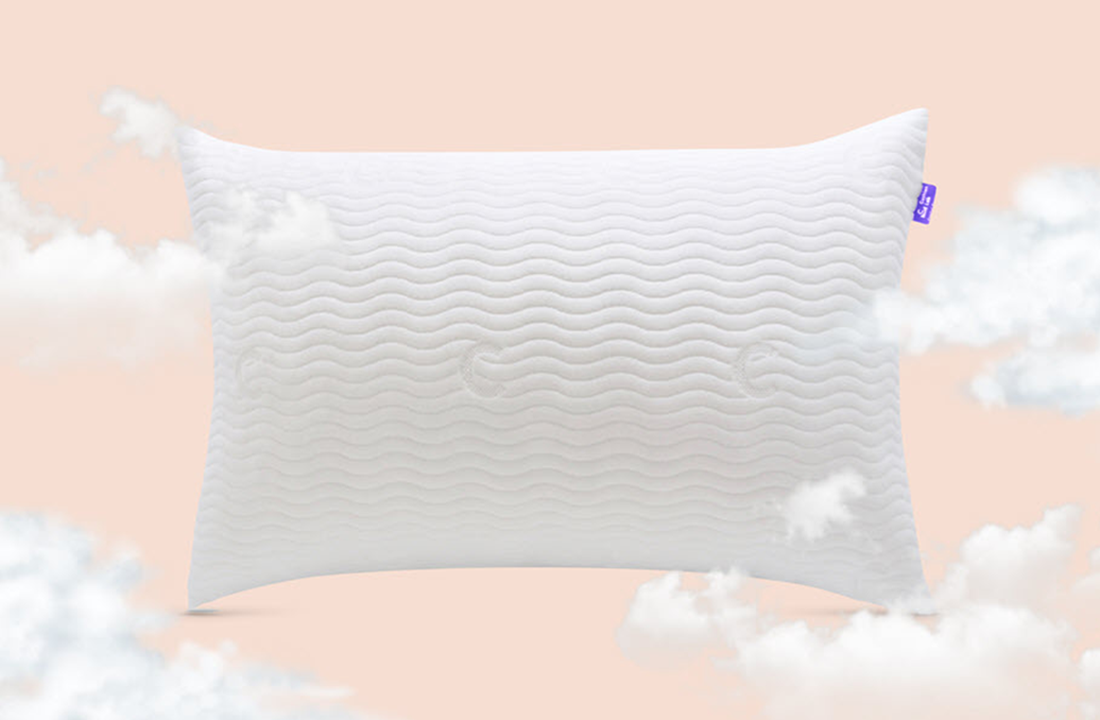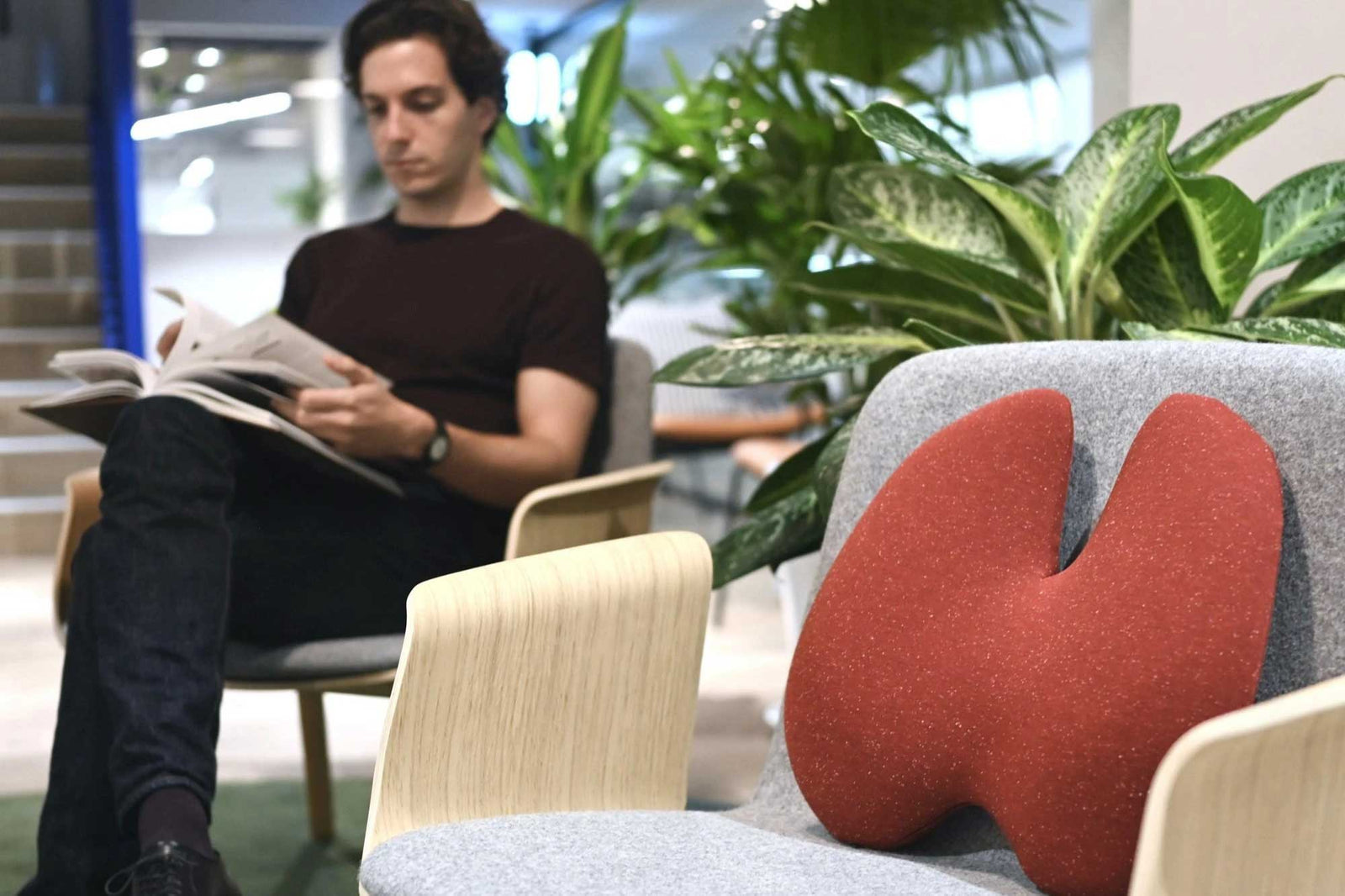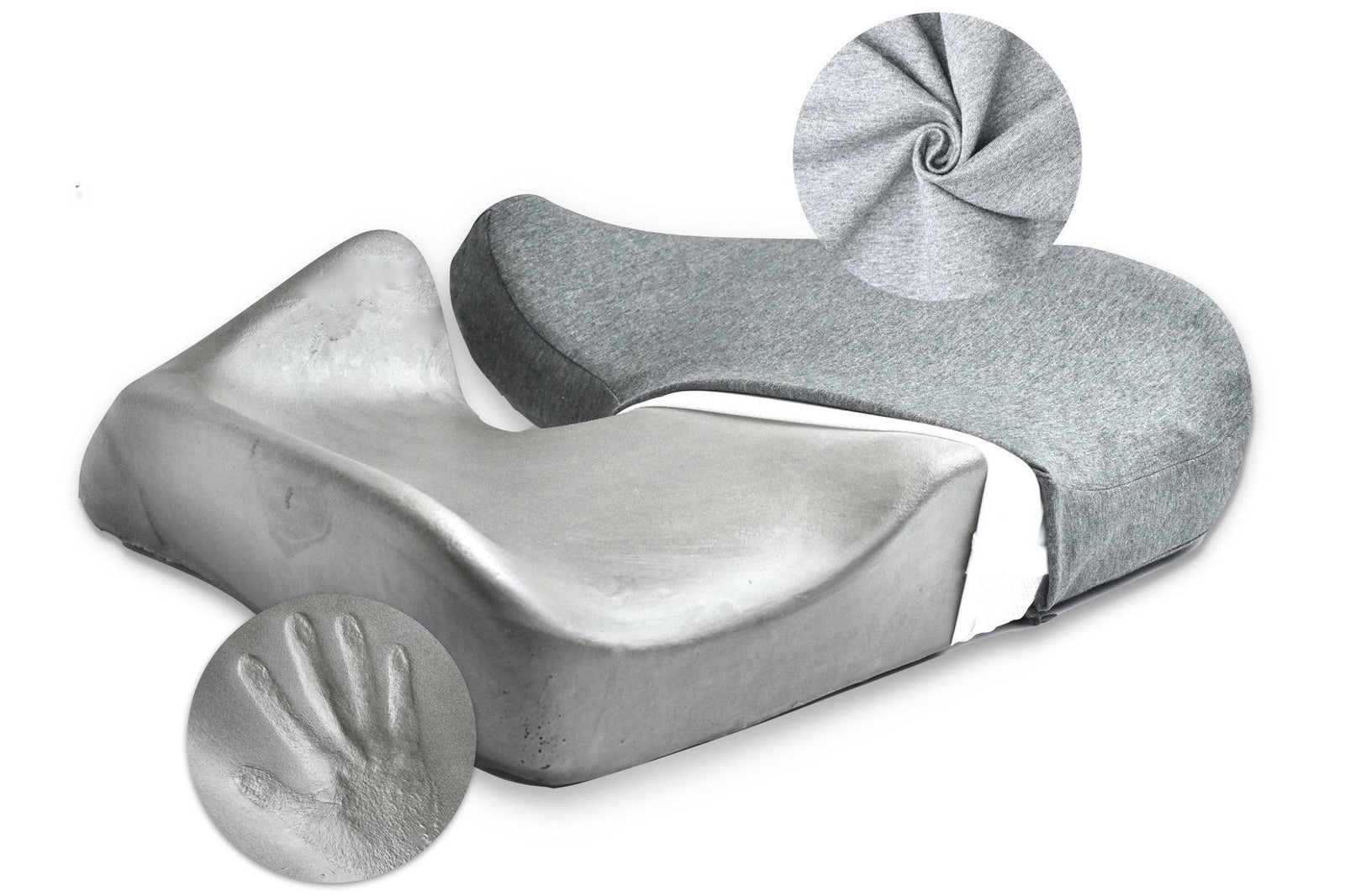Yes, a seat cushion is just as good as a back brace for posture and, in some instances, even better. The important aspect to know is how to use the seat cushion to get the most out of it.
For example, you can pair the seat cushion with a lumbar support pillow.
Good posture isn’t a new concept. You probably heard about it from your parents. And like most kids, you probably didn’t take their words seriously.
You’d often question why your parents insisted on good posture when you found certain sitting positions more comfortable. Your parents weren’t trying to ruin the fun; they were trying to protect you from all the problems associated with bad posture.
Your body learns from what you frequently do; therefore, if you slouch every time you’re seated, your body will adapt to this position, and you’ll have a back problem.
However, there is still hope for your back. Have you heard of back braces and seat cushions?
These two could be the key to improving your postural realignment. But, which one do you choose?
We’re here to help with that.
Do Back Brace Posture Correctors Work?
Yes, posture correctors work, as seen in this study on scapular bracing in overhead athletes.
However, it’s difficult to determine whether a posture corrector will offer any benefit without understanding the end goal. For example, if the main goal is posture correction, you have to factor in other causes of poor posture.
A posture corrector is typically worn around the shoulders, and the idea is that it will pull your shoulders back. In theory, this should help realign your posture, but does it really?
Not necessarily, because poor posture is a product of several factors such as pelvic tilting, leaning forward with your head, and rounded shoulders. Therefore, if you solve the rounded shoulders, you’re still left with two more factors to deal with.
The muscles in your body are interconnected. Thus, if some weaken, others will try to make up for the weakened muscles. The same principle applies to poor posture where your mid-back, neck, and rhomboid muscles weaken.
This means that your trapezius and pectoral muscles will attempt to make up for the weakened muscles, creating a muscle imbalance in your mid-upper back. This is known as upper cross syndrome.
Therefore, when you wear a posture corrector, it will pull your shoulder blades back, but it will not strengthen the weakened muscles in your neck and upper back. Once you take off the back brace, your shoulders will go back to their earlier rounded position.
Even the best posture correctors will not have a significant effect on your posture as you’ll have to take them off after some time.
You’ll need to address the muscle imbalances by making several lifestyle adjustments such as:
- Stand and stretch after sitting for about 20–30 minutes
- Limit screen time on your phone
- Install a smartphone app to help you stop slouching
- Invest in an office desk and seat that’s comfortable to avoid hunching over
Do Seat Cushions Work?
Yes, seat cushions do work. Seat cushions will soften the seat and make sitting more comfortable such that you don’t have to slouch. They’ll also help reduce lower back pain, as seen from this study on the effects of gel cushioning on chronic lower back pain.
One of the major contributors to poor posture is sitting position. Think about it— sitting is part of your daily activities, and you can’t escape from it.
How many hours a day do you spend seated at school, the office, or at home?
If you’re like most office workers, you spend six to ten hours a day seated. In between, you’ll stand up, stretch, walk around, etc. but you’ll eventually go back to sitting. Eventually, you’ll slip into the usual bad posture even when you don’t intend to.

Source: Freepik
Fortunately, you can wean off this habit by investing in a seat cushion and making your office chair a little bit more comfortable on your backside.
“This is a very enjoyable seat cushion for long sitting sessions. The grippy bottom part is especially helpful; not only does it hold the cushion in place, it has enough grip to allow you to sit upright without scooting forward. Very clever!” - Stacey.
However, as seen with the back posture corrector, having a seat cushion will solve only one issue. You still have to factor in your head, neck, and upper back.
This is easy to rectify by getting a lumbar support pillow for your back and raising your work screen to eye level. If the screen is too low, your eyes will always follow the screen and your attempt at maintaining good posture will go out the window.
“I got the set (lumbar + seat cushion), and I am so glad that I did. I feel like I am sitting with a great posture and fully supported. Best part? I can easily make any chair I have at home this comfortable because it's so easy to remove and apply. I love them!”- Josephine P.
Benefits of Using Seat Cushions Over Back Braces
One of the pros of having a seat cushion is that you can use it for as long as you want. If you prefer to sit all day, the seat cushion will help you maintain proper posture.
Alternatively, with back braces, there is a limit to how long you can use them. The consensus is in the range of 15–30 minutes for 3–4 days a week.
Also, you’ll need to consult a doctor before strapping a brace on your shoulders in the hopes that it’ll set your back straight. The doctor will recommend the best posture corrector for you and the recommended usage. It’s not as simple as buying or using a seat cushion.
Fortunately, a seat cushion doesn’t require a doctor’s prescription, as you can use it even when your back is fine. You can get one from our store, The Cushion Lab.
The point is that it’s easier to get a seat cushion, and there’s no limitation to how long you can use it.
How to Realign Your Spine Without a Posture Corrector Brace?
There are several ways you can improve your posture, but the best option would be to consult a chiropractor or spine doctor to understand the cause of your poor posture. It could be a condition that’s affecting your back and triggering shoulder pain.
You won’t know any of this without consulting the relevant doctors. If it’s a serious condition, the doctors will recommend whether you need a back brace posture corrector or not.
If the poor posture results from your sitting position, you can invest in devices that will help you maintain the right posture. A posture app would be a nice place to start. The app will alert you every time you hunch over or slouch. It can also remind you to stand up and stretch after a set time.
Another option would be to invest in a seat cushion and lumbar pillow for back support. These two will ensure that you get the support you need to avoid back pain, joint pain, and any other problems associated with poor posture.
Featured Image: Freepik by Diana.grytsku

